The other day I caught myself wondering — is it intentional, conscious, or mindful living that I’ve been trying to practice?
Or all three at once?
These words are everywhere now, tossed around so easily that their meaning begins to blur.
What lies behind them?
How do they take shape, collide, or coexist inside a single life?
And why do I keep caring — does it even matter?
Choosing On Purpose
Intentional living was the first layer I discovered, long before I knew its name.
I was twenty, drifting aimlessly through political science lectures, wondering if I had chosen the wrong path.
Then everything changed.
I was running alongside others, sand in my shoes, fleeing an “attack” on my home — becoming a refugee, in Laulasmaa, Estonia.
It was only a simulation, a harmless exercise to help us grasp what it means to be uprooted. Yet when it ended, I stood by the sea with my heart pounding, unable to shake off the borrowed fear that had settled in. Something shifted.
I knew I wanted to dedicate my life to those who had truly fled their homes.
I had signed up for the workshop because it promised a weekend of partying at a picturesque beach resort with friends.
Yet in addition to the hangover, I left with purpose.
To live intentionally is to act deliberately — aligning choices with conviction rather than convenience, fear, or inertia.
Not just to react, but to create one’s life.
Since that day in Laulasmaa, every elective I chose at university had something to do with refugees. That summer, I volunteered in a community shaped by migration in Macedonia. I selected my postgraduate studies and, later, my career accordingly — designing my days around what mattered most.
I didn’t know then that this weekend in Laulasmaa had given me a glimpse of what it really meant to steer my own small boat through the wide, uncertain waters of life.

Learning to Be
Three years later, I was studying in Paris, preparing to become a humanitarian worker. Full of purpose, I lived more intentionally.
And yet — beneath all that direction — an unease lingered.
I rushed through my days, multitasking, juggling studies, a relationship, friends, and work.
I lived mostly in the future, daydreaming about where my career might lead.
Other times, my mind wandered back to Estonia, replaying old scenes until they felt heavier than they ever were.
It was emotional baggage I didn’t even know I carried.
And then, after months of inner work, a moment arrived.
I was walking through Les Invalides, and the greenness stunned me.
My legs felt so light I almost skipped down the street.
It was as if I were seeing spring for the first time.
Something precious was given to me:
the ability to slow down and feel life as it unfolded — to experience each moment instead of escaping into the past or the future.
Mindfulness, as Jon Kabat-Zinn describes it, begins by paying attention — on purpose, in the present moment, without judgment.
It sounds simple, yet rarely feels that way in real life.
Mindful living, I realized, is about being.
And to my surprise, I saw how much of my life I had spent as a human doing rather than a human being.
When I chose to live more mindfully, a lightness returned.
Because the weight of remorse for the past and worry for the future is unbearably heavy.
Intentionality gave me a path to walk.
Mindfulness allowed me to feel the texture of the breeze along the way.
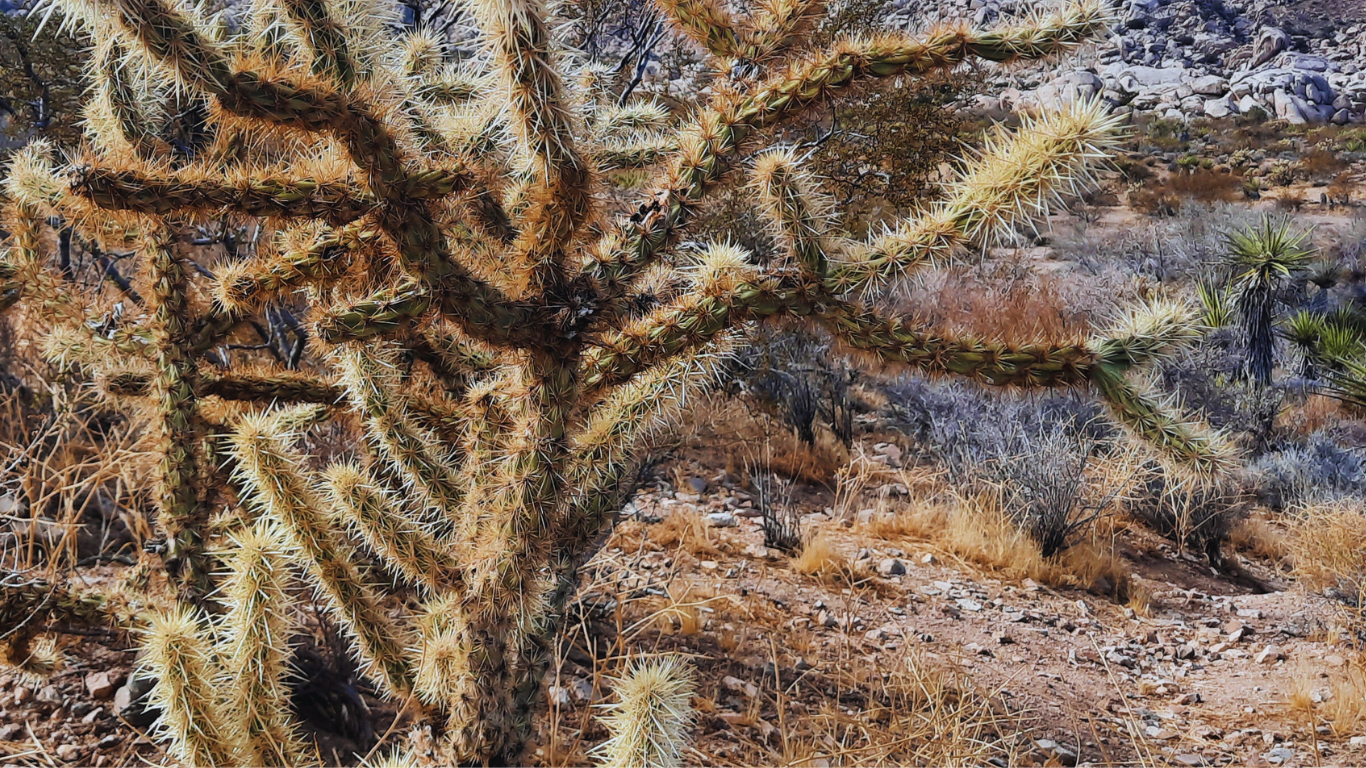
Learning to See
It took many more years before I truly woke from autopilot.
Yes, I had goals and values and tried to live by them.
Yes, I could stay present more often.
But still, I drifted — half-asleep inside my own routines.
Then one October afternoon, while watering my garden, I felt the heat of July on my skin. The soil was cracking; plants I had tended all year were drying from drought instead of fading into autumn.
Tears came.
I knelt down, touched the soil — warm, lifeless, fractured — and for the first time, fully yielded to the world’s plea to notice.
That moment of grief cracked something open in me.
Climate change had become personal.
Conscious living, I’ve come to understand, is about seeing.
It’s like turning on the light in every room of your life and finally noticing what it’s made of.
It means being awake to what you do, why you do it, and how it affects others — and the planet.
It’s learning to keep the windows open — to feel what moves inside you, and what trembles outside, in the wider world.
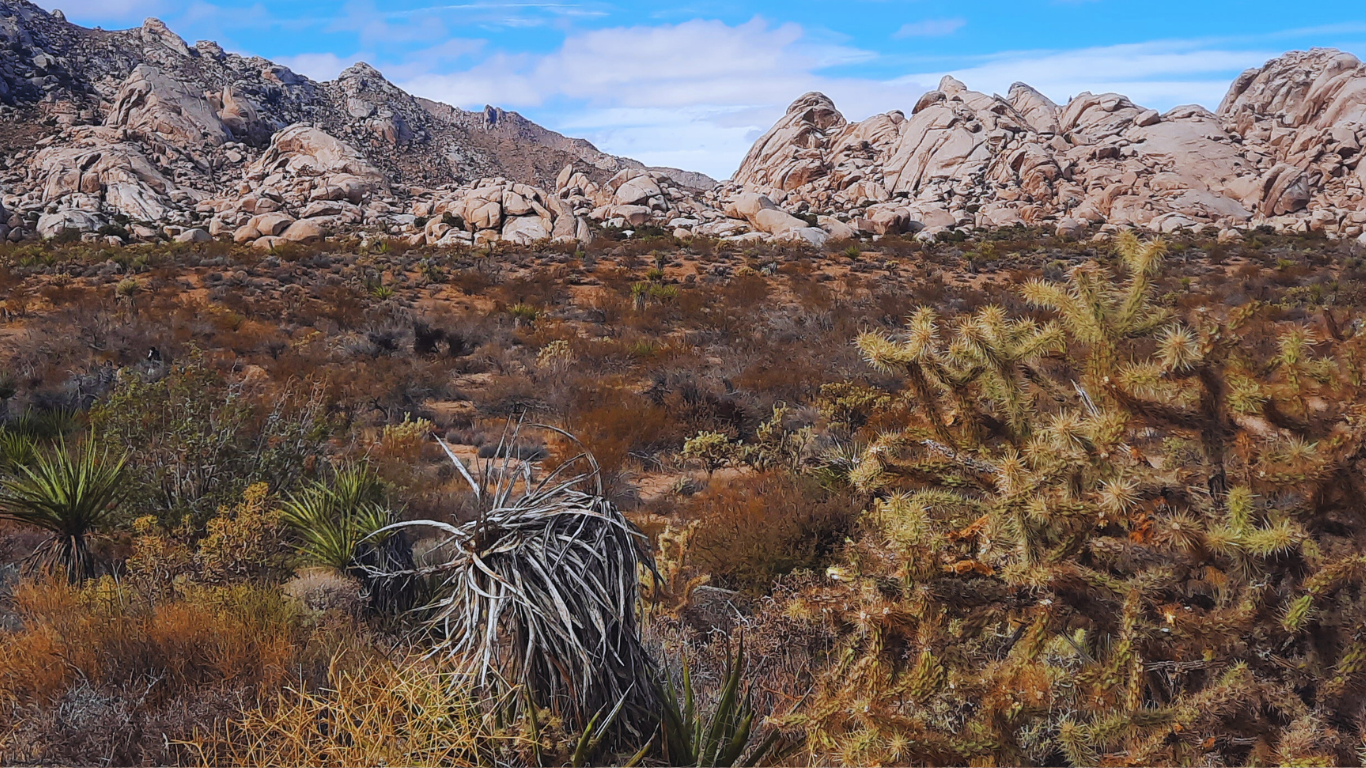
Living Awake
Perhaps awakened living is what happens when these three threads finally weave together.
When seeing, choosing, and being form a single rhythm.
It’s how we live with awareness in every dimension: emotional, spiritual, ecological, social.
It’s how we turn awareness into direction, and direction into action.
Intentional, mindful, and conscious living are not separate pursuits but distinct expressions of one ongoing practice.
The practice of living awake.
As children, we do this effortlessly.
Then, somewhere along the way, we forget — and must learn again.
Each of us finds our own path.
Some begin with a conscious shock that opens their eyes;
others start by choosing a direction;
still others arrive through stillness.
There is no right order.
And there are days — whole days — when I lose it all again.
When I sleepwalk, react, forget to see or to steer.
That’s all right.
To live awake is not to stay alert forever —
but to remember the way back.

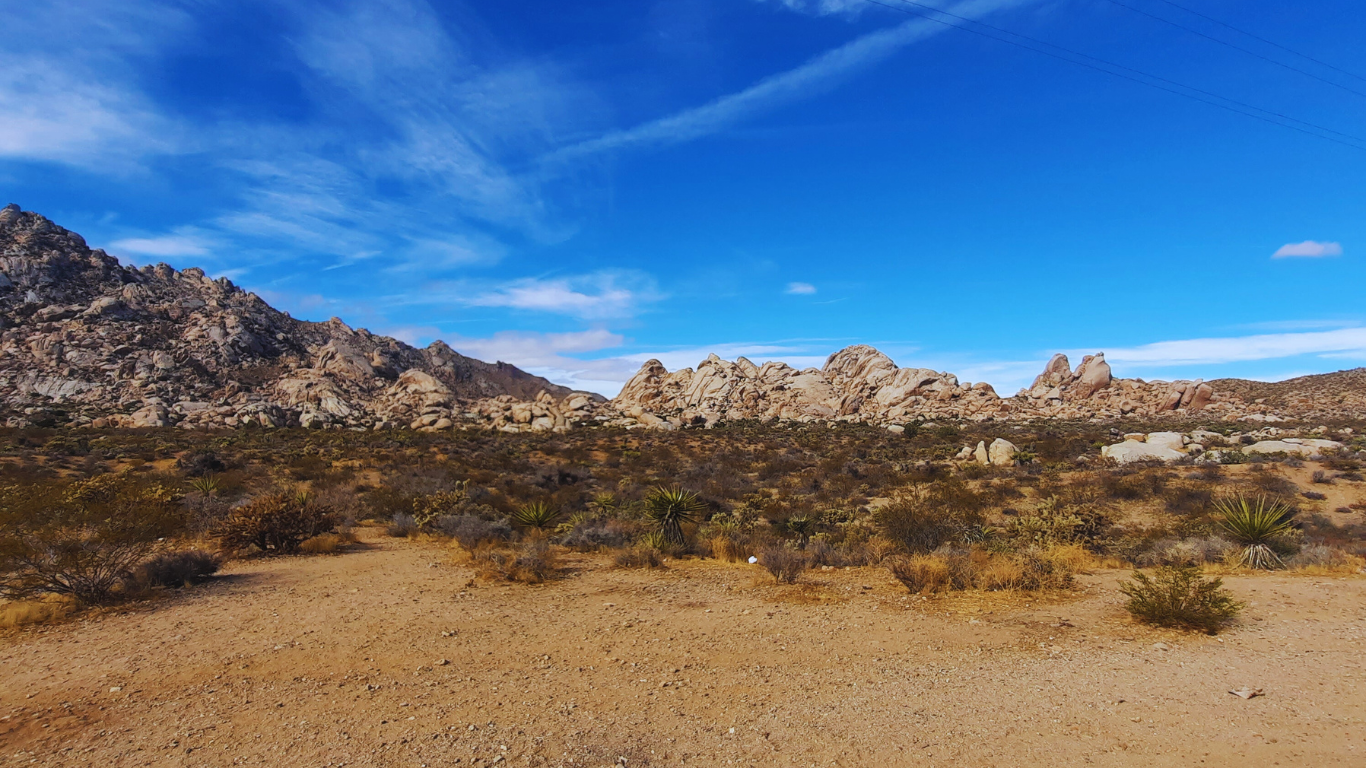
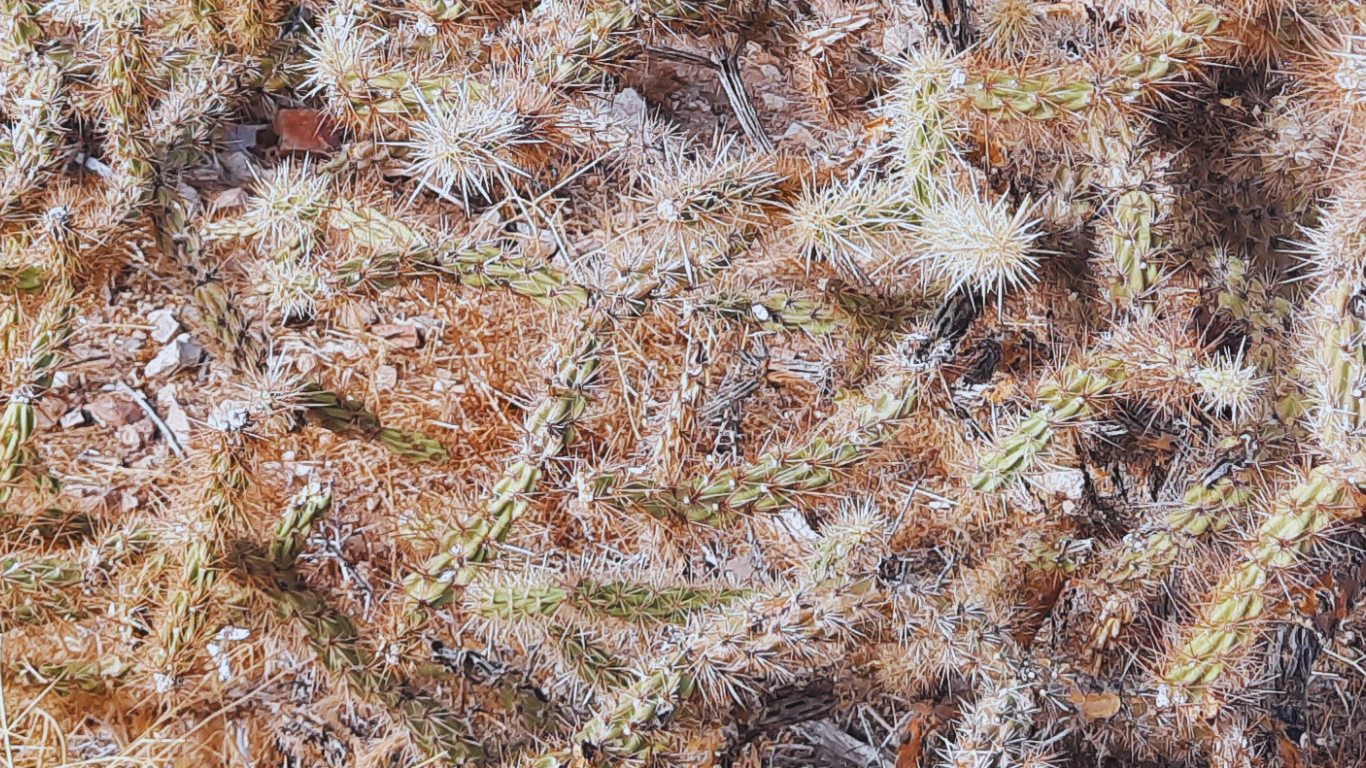
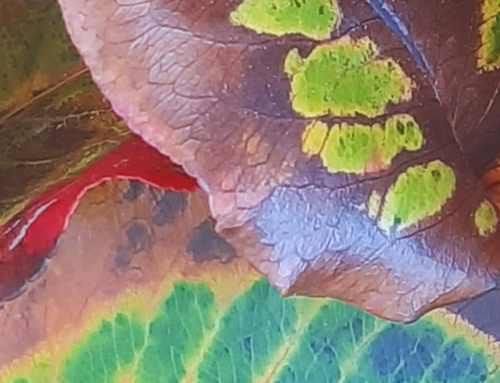
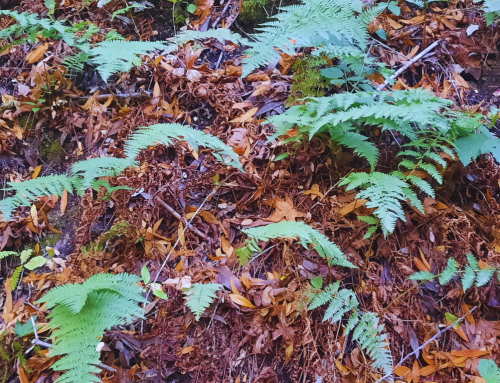
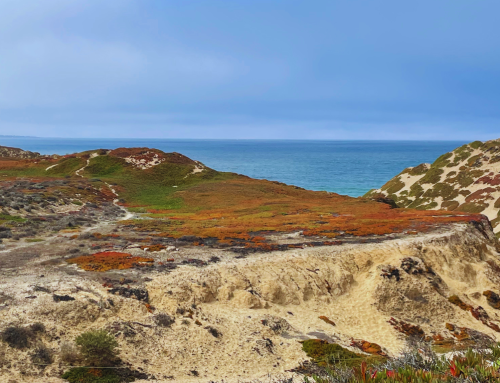
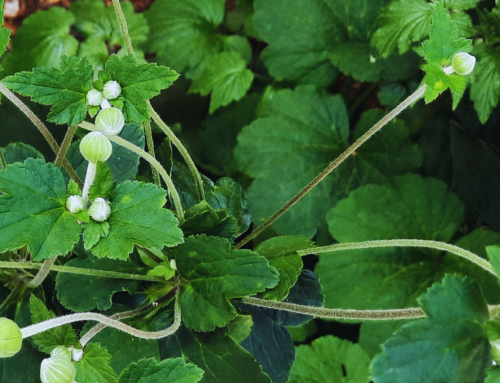
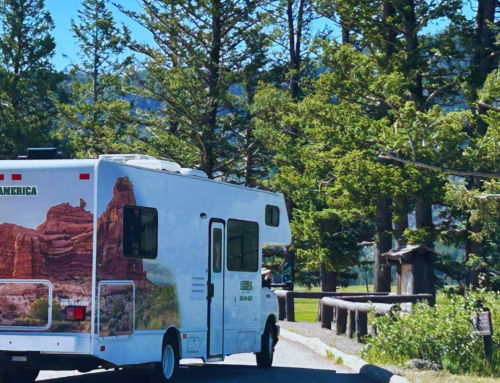

Leave A Comment